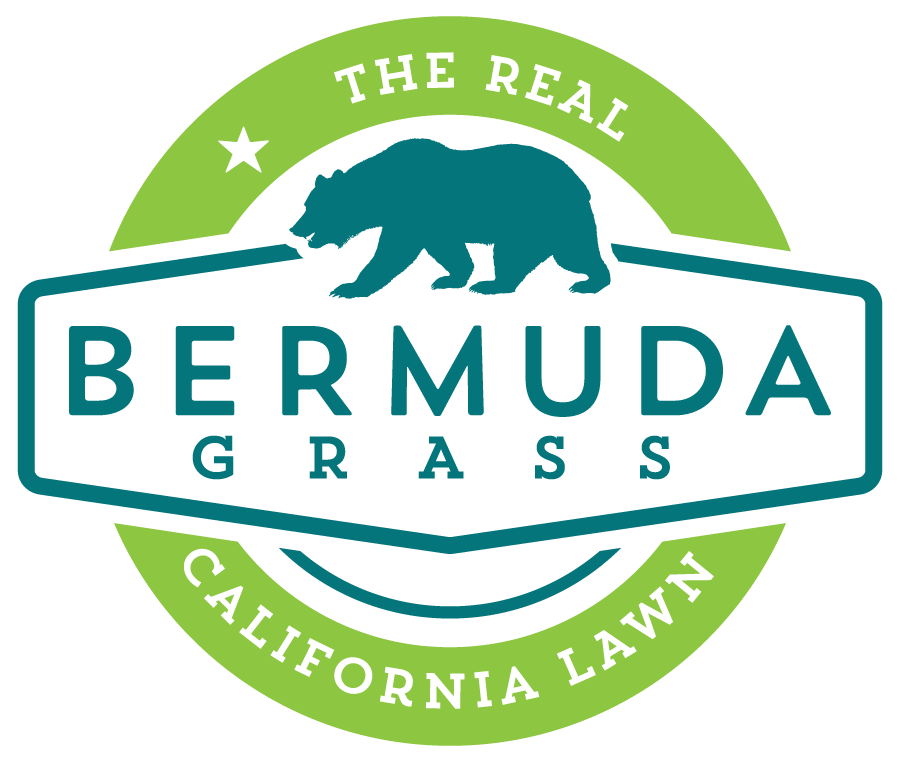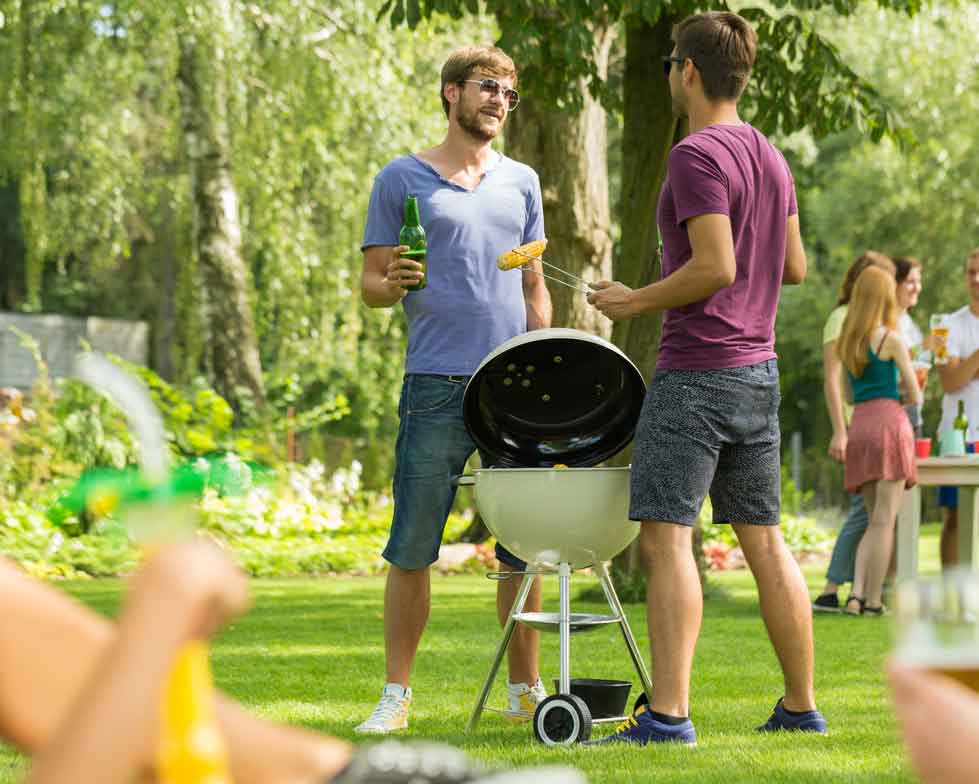California Tested.
California Tough.

A California Grass Built to Last
Times are changing, weather is less predictable, water and nature conservation are now a fact of life. To meet these challenges, California homeowners need responsible, responsive environmental landscapes that naturally adapt to changing climate conditions. In place of artificial plastic products, they want real organic solutions.
That’s why locally based, agricultural experts have turned to a proven warm climate performer, one suited for the exact needs of Southern California… drought tolerant Bermuda turfgrass.


A California Grass Built to Last
That’s why locally based, agricultural experts have turned to a proven warm climate performer, one suited for the exact needs of Southern California… drought tolerant Bermuda turfgrass.


Introducing Bermuda Grass
The Real California Lawn™
A Grass That Survives… And Thrives
Why Bermuda? It has a history of dealing with irregular weather in tropic conditions, heat, wind, drought and rain. Bermuda grass adapts easily by creating a deeper rooting structure that can survive and thrive in difficult conditions.
Here’s just a few of the benefits of Bermuda grass..
A Durable Grass for a Demanding Environment

The California climate is warming so we need cool solutions – now.
That’s where lawns play a huge role. Landscapes filled with rocks, bare soil and artificial grass build up heat, up to 14 degrees higher than lawns, leading to “heat islands.” Multiply that heat by tens of thousands of homes and the temperatures just keep rising.
A natural grass lawn has the opposite effect – it cools your living environment. An average-sized lawn has a cooling effect equivalent to about 8 to 10 tons of air conditioning.(For comparison, the average home air conditioning system is around 3 to 4 tons.)

What’s more, a natural Bermuda grass lawn provides these vital ecological benefits…

Meet the Growers
Bermuda Grass might sound far away and exotic, but it’s grown and harvested right here in Southern California by the area’s top sod producers.
These growers understand the needs of California because their families live, work and play in the same communities. They’re committed to cultivating natural, responsible solutions that are not only in touch with the region’s environmental needs, but also the needs of active and growing families – the need for open, accessible and inviting places to socialize, interact and recreate.













